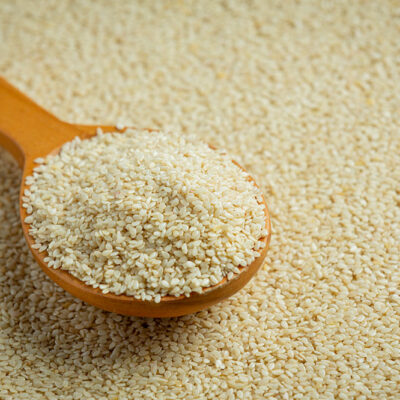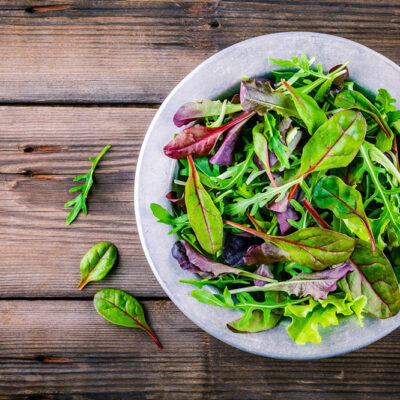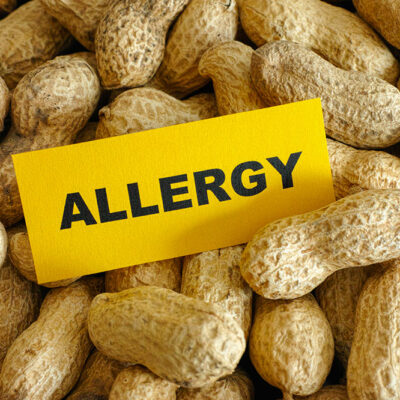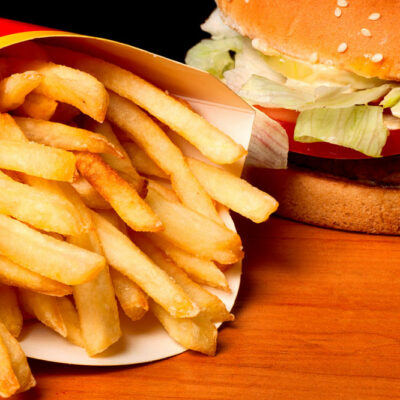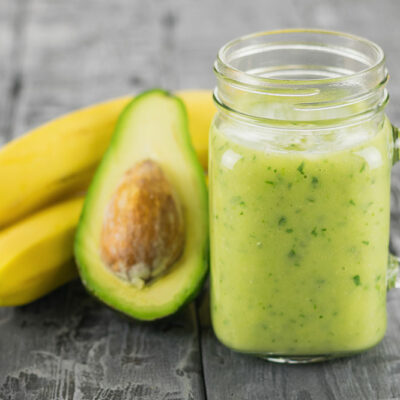
4 foods to relieve migraine symptoms
Migraines are headaches that cause severe throbbing and pulsing sensations, typically on one side of the head. Patients may also experience nausea, vomiting, and sensitivity to light and sound. While there is no cure for migraines, specific treatments can help manage the symptoms. Furthermore, nutrition plays a vital role. Certain foods can help reduce migraines, whereas others can act as triggers. This article discusses the different foods that can help relieve migraine symptoms. Foods rich in magnesium Foods with high magnesium content can help relieve migraines because magnesium can block brain signals that lead to these headaches. Some foods rich in this element include bananas and avocados. Bananas also have high energy content, which works as a great reliever during a severe headache. Foods with omega-3 fatty acids Studies suggest that getting the required amounts of omega-3 fatty acids can help reduce the overall frequency as well as the intensity of a migraine attack. Foods high in omega-3s include fatty fish, such as mackerel and salmon, and seeds and legumes. Ketogenic foods Although elimination meal regimes do not work for everyone, a few studies show that a ketogenic meal plan can help patients find relief from migraine symptoms. However, note that certain ketogenic foods can have the opposite effect.
Read Article 